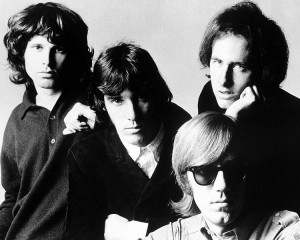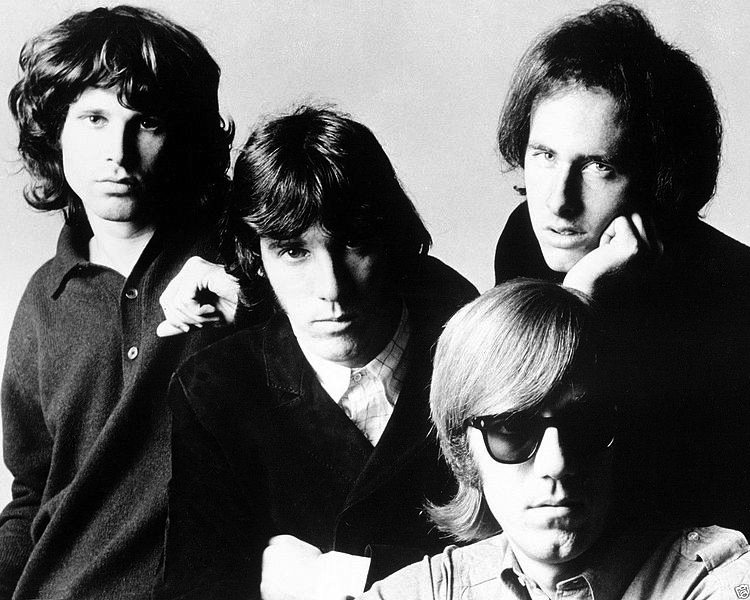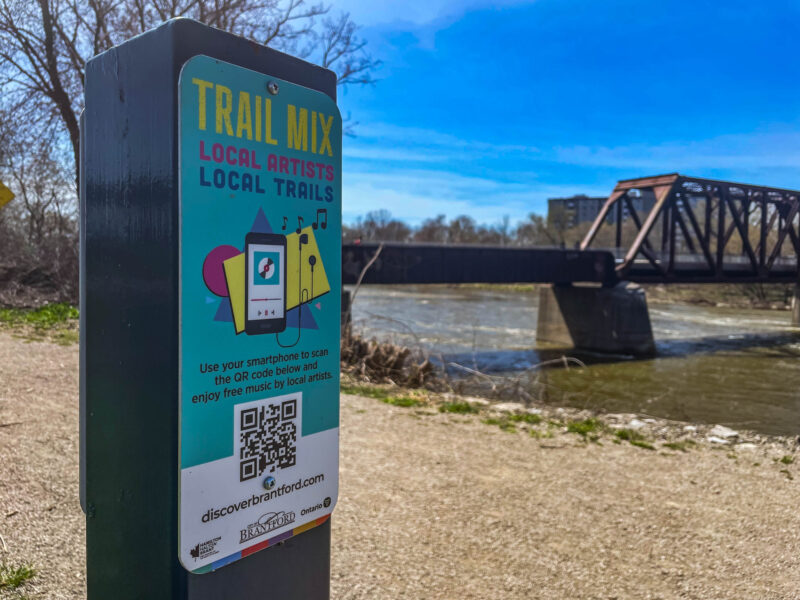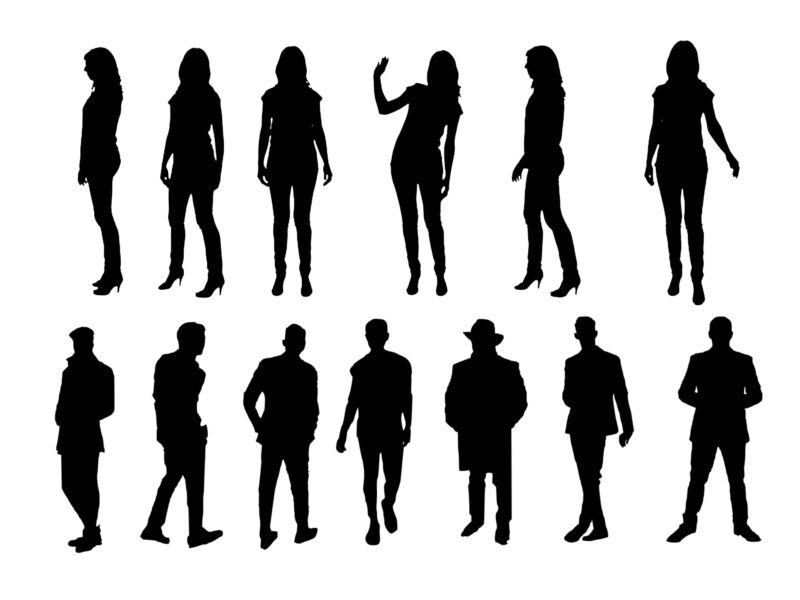
In recent years, concert attendances have drastically changed to suit a higher demand of entertainment and experience.
From generation to generation, genres of music change, altering popularity each and every time. Predominantly from the 60s to the early 90s, rock and pop fuelled the souls of young listeners enjoying their concert experiences. After that, rap and hip hop entered the scene before the impact of electronic dance music created what we know as one of the most popular genres today.
I want to take you through the time machine of music, and which artists and concerts have stood out the most. Let’s rewind to the 60s, where artists such as The Doors, Jimi Hendrix and Elvis Presley electrified rock and roll. In spite of these three incredible artists, one band rose above the rest to grasp a historic focal point of music; that band was The Beatles. This band performed one of the largest concerts in its time in New York City at Shea Stadium in 1965. A total of 55,000 people attended this show and according to the bands official website it was described as one of the greatest shows to ever be filmed on T.V. Guitarist Paul McCartney said, “Half the fun was being involved in this gigantic event ourselves.”
Moving on to the 70s, a decade of rock and hippies, not much changed in the style of music and popularity just yet. Bands such as Rush, The Eagles, Aerosmith and even the Rolling Stones began to gain worldwide recognition. However, the band who held the largest show within this period was Led Zeppelin. According to www.forums.ledzeppelin.com, they hosted a concert at the Pontiac Silverdome in 1977, in front of 76,229 people. This performance was recorded in the Guinness Book of World Records, revolutionizing the attendance of concert venues, as it was a 20,000 person increase from that Beatles show in the 60s.
If you’re wondering what the 80s brought to the table, it might not be what you were thinking. Yes, the 80s had AC/DC and pop bands like ABBA who were extremely popular, but the decade also witnessed a revolutionary style of pop music and the introduction of rap/hip hop. Michael Jackson took the main stage as one of the largest sources of entertainment touring the world. From 1987 until 1989, Jackson performed 123 concerts for over 4.4 million people. He exceeded Led Zeppelin’s position in the Guinness Book of World Records and gave pop a new name. In the late 80s a group known as N.W.A arose from the violence and poverty of Compton, California to express their difficult lifestyles, in a genre we now know as rap music. Famous names such as Dr. Dre and Ice Cube are well known for their bizarre musical approach that influenced many people; their album Straight Outta Compton is one the most sold rap albums of all time. It is difficult to know how many people attended their concerts, but their popularity inspired two rap artists of the 90s to take the game to a whole new level.
Names like Notorious B.I.G and Tupac Shakur may ring a bell. They were as big of names for rap at this time as NSync and Backstreet Boys were for pop. Biggie and Tupac divided all of America into the prolific East and West side styles of music that battled each other up until the deaths of both artists. Concert attendance numbers were as high as 50,000. This was extremely impressive for a style of music that was not yet highly regarded as a great one.
From the 2000s until the present day, two concerts changed the limits for how many people artists can play for. Although U2 and Coldplay concerts were very popular, The Rolling Stones had the biggest show. In 2006, they travelled to Praia de Copacabana in Rio de Janeiro to perform in front of 1.3 million people across the beaches. Photos will blow your mind as the Stones are widely regarded for one of the largest audiences ever in one venue. Across the globe, and in the present day, a festival known as Tomorrowland in Boom, Belgium attracts fans of Electronic Dance Music, as DJ’s perform for 400,000 people. According to bbc.com, for the 2014 edition of the festival, 360,000 tickets were sold in just one hour.
As new genres of music evolve, the popularities of each genre rise and fall, and concert attendances increase. It is fascinating to look back at how music has changed the last 50 years, and what new genres will exist next. And you, the fans, get to choose which music to support, influencing the next wave of artists to come.




